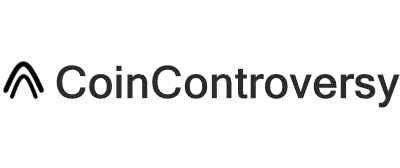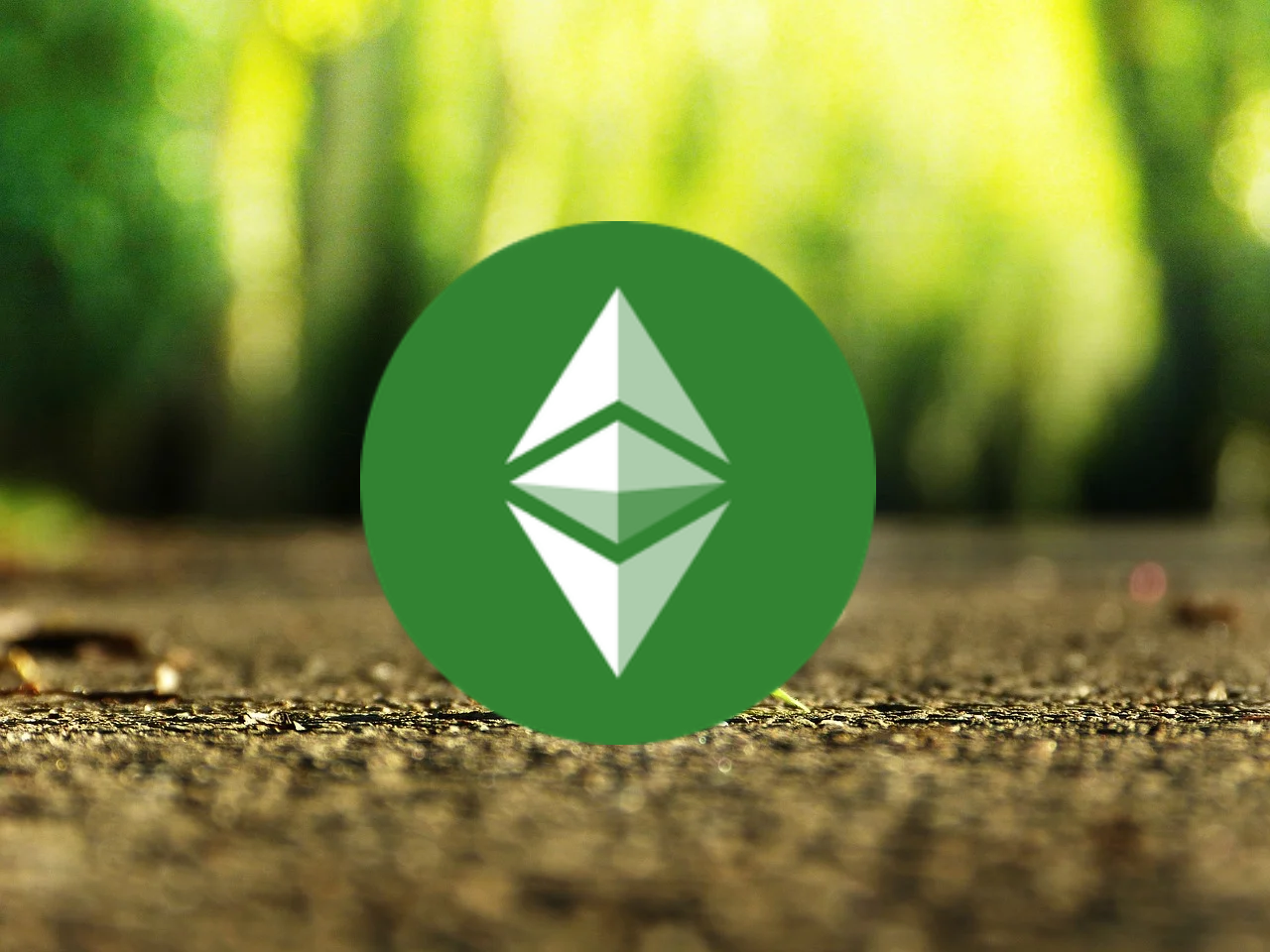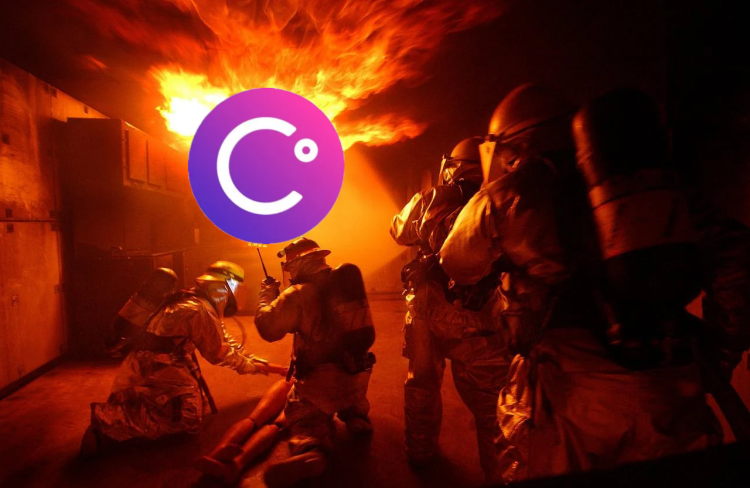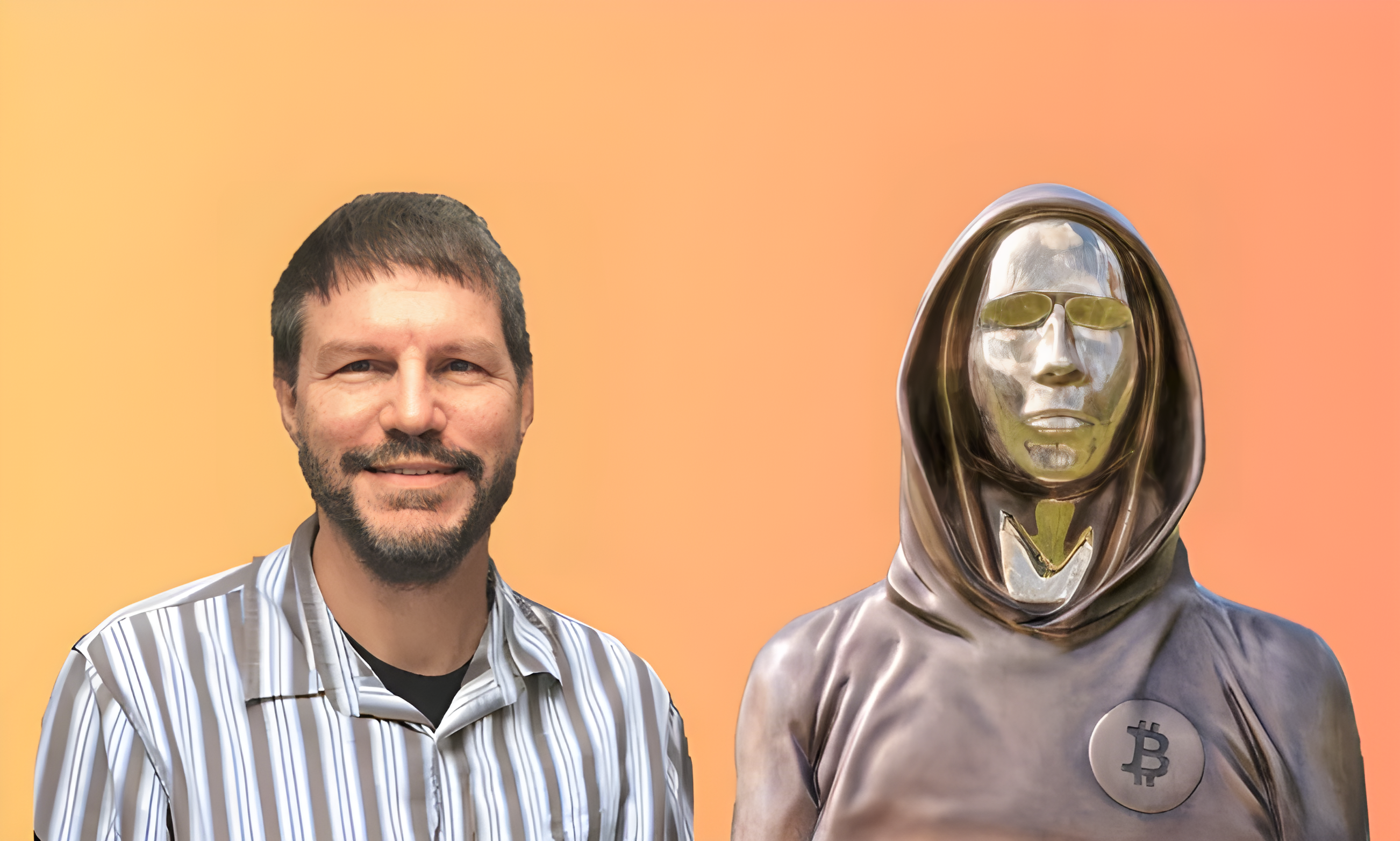Uncovering the Real Satoshi: Key Insights From His Private Emails with Martti Malmi and Adam Back
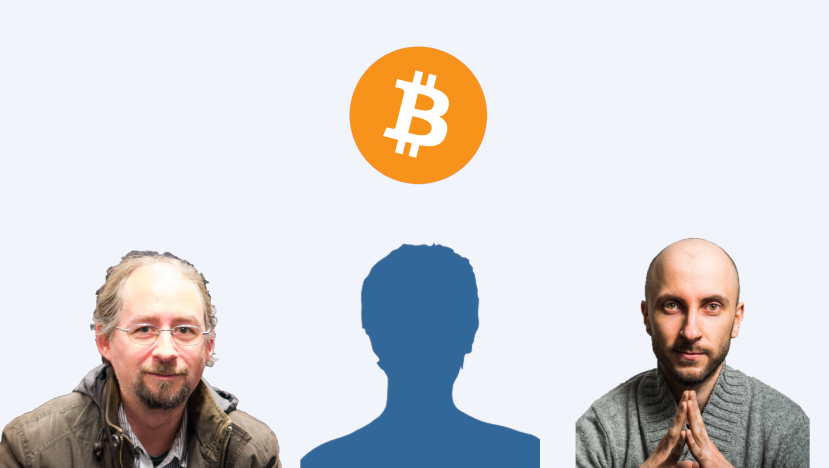
Satoshi Nakamoto drastically changed the world through his brilliant design, Bitcoin, creating an unstoppable domino effect of social scalability, decentralization, and security.
During the recent COPA v. Wright Trial, which featured Faketoshi Craig Wright, two key witnesses, Martti Malmi and Adam Back, presented previously unreleased emails from Satoshi Nakamoto. These incredible emails definitively proved that Craig Wright committed elaborate fraud in a bid to steal Satoshi's intellectual property by attempting to hoodwink the court systems of various countries.
While Wright's fraud is an important topic, today, I will analyze Malmi and Back's monumental Satoshi email release to better understand the real Satoshi. Due to the relatively high volume, only key emails will be presented in this article.
The RPOW email
Satoshi was far more personable in these newly released emails than he was in his public writings. A particular email that Satoshi sent to Martti Malmi in 2010 shows he had fairly extensive knowledge of Hal Finney; far more than what he let on publicly:
"Hal isn't currently actively involved. He helped me a lot defending the design on the Cryptography list, and with initial testing when it was first released. He carried this torch years ago with his Reusable Proof Of Work (RPOW)."
The email is significant because it has been a genuine question until now about whether Satoshi knew who Hal Finney was prior to Bitcoin. In my Szabo-Satoshi case study, I made the argument that Satoshi likely knew who Finney was prior to Bitcoin, based on a unique statement he made in response to a compliment Finney gave.
Curiously, Szabo refers to RPOW as a "variant of bit gold," and Bit gold as Bitcoin's "predecessor design."
The shells and stones email
Satoshi, in the past, referred to a scarce, non-aesthetic metal which could gain traction in the absence of intrinsic quality. Further strengthening Satoshi's viewpoint, is an impressive economic reference to shells and stones that he made in a newly released email to Martti Malmi:
"Historically, people have taken up scarce commodities as money, if necessary taking up whatever is at hand, such as shells or stones. Each has a kernel of usefulness that helped bootstrap the process, but the monetary value ends up being much more than the functional value alone."
Nick Szabo famously argued in his paper, "Shelling Out: The Origins of Money," that scarce objects like shells served as strong money throughout history due to their trust-minimized properties and "unforgeable costliness." He has also discussed the use of historical stones as money too.
The donor email
Satoshi revealed a fascinating part of his life in a newly released email to Martti Malmi. He suggested that he could tap anonymous donors to invest in the Bitcoin project:
"There are donors I can tap if we come up with something that needs funding, but they want to be anonymous, which makes it hard to actually do anything with it."
This is a significant passage because it demonstrates that Satoshi has a network of friends willing to bankroll a decentralized internet currency while staying anonymous. A scenario that lines up well with Satoshi's statement is a cypherpunk like Nick Szabo or Wei Dai utilizing their extensive group of like-minded individuals (who value anonymity greatly).
The above email also raises the possibility that Satoshi reached out to other cypherpunks for advice during Bitcoin's development.
Conclusion
A key part of the COPA v Wright trial was the treasure trove of emails brought to the public's attention by Adam Back and Martti Malmi. Satoshi Nakamoto revealed a side of him that only a select few were able to see up until this point. The emails discussed in this article demonstrate that Satoshi shared a remarkable number of similarities with Nick Szabo, but certain details could match other like-minded cypherpunks.
Importantly, Satoshi's email about donors indicates there is a decent possibility he asked for assistance from his peers when the project started. Ultimately, Satoshi will be remembered as one of the greatest computer scientists of all time, and these emails capture his brilliance.
* Disclaimer: This article is based on extensive research using public resources. The conclusions reached by the author are opinions, not established facts. Readers should evaluate the material independently.
